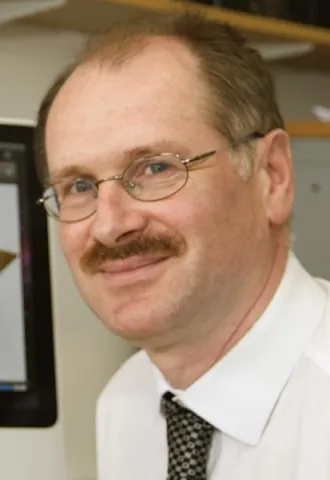Project overview
Rifted continental margins are the potential location of frontier petroleum exploration provinces. The evaluation of the structure of component sedimentary basins and the processes involved in their formation are key questions that need to be addressed in order to understand the thermo-mechanical evolution of rifted margin systems. This understanding is essential in constraining, for example, regional stratigraphic development and time-temperature history of petroleum source rocks. The Porcupine Basin, offshore Ireland represents an ideal laboratory to investigate these processes as the degree of extension varies dramatically from north to south and therefore different parts of the basin may represent different stages of continental rifting processes. In addition, this basin remains an active frontier exploration province, with the recent Dunquin North exploration well confirming the presence of the key components of a working petroleum system, requiring a basin-wide knowledge of structure to help understand it.
Previous studies in the Porcupine Basin have suggested the presence of rift-related magmatism and mantle serpentinisation. However, the degree of magmatism within the basin, and therefore its thermal history, remains controversial. A former study based on subsidence analysis and the than available seismic data, estimated that the stretching factors increase from less than 2 to more than 6 from north to south in the Porcupine Basin. However, recent results from wide angle seismic data showed thinner crustal values implying higher stretching factors than previously estimated along the basin axis.
This project uses data from an offshore wide-angle-seismic (WAS) experiment that was completed by GEOMAR and DIAS May 2004 in the Porcupine Basin. Six profiles were recorded, each comprising up to twenty-five ocean bottom seismometers/hydrophones (OBS/H) recording data from two to three 32-litre airguns fired at 120 metre intervals. The energy generated was also recorded by seismic stations onshore in Ireland.
Previous studies in the Porcupine Basin have suggested the presence of rift-related magmatism and mantle serpentinisation. However, the degree of magmatism within the basin, and therefore its thermal history, remains controversial. A former study based on subsidence analysis and the than available seismic data, estimated that the stretching factors increase from less than 2 to more than 6 from north to south in the Porcupine Basin. However, recent results from wide angle seismic data showed thinner crustal values implying higher stretching factors than previously estimated along the basin axis.
This project uses data from an offshore wide-angle-seismic (WAS) experiment that was completed by GEOMAR and DIAS May 2004 in the Porcupine Basin. Six profiles were recorded, each comprising up to twenty-five ocean bottom seismometers/hydrophones (OBS/H) recording data from two to three 32-litre airguns fired at 120 metre intervals. The energy generated was also recorded by seismic stations onshore in Ireland.
Staff
Lead researchers
Collaborating research institutes, centres and groups
Research outputs
C. Chen, L. Watremez, M. Prada, T. Minshull, R. Edwards, B. O’Reilly, T. Reston, G. Wagner, V. Gaw, D. Klaschen & P. Shannon,
2018, Journal of Geophysical Research: Solid Earth
DOI: 10.1029/2018JB016375
Type: article
Manel Prada, Louise Watremez, Chen Chen, Brian M. O'Reilly, Tim A. Minshull, Tim J. Reston, Patrick M. Shannon, Dirk Klaeschen, Gerlind Wagner & Viola Gaw,
2017, Earth and Planetary Science Letters, 474, 148-159
Type: article
L. Watremez, M. Prada, T. Minshull, B. O'reilly, Chen Chen, T. Reston, P. Shannon, G. Wagner, V. Gaw, D. Klaeschen, R. Edwards & S. Lebedev,
2016
DOI: 10.1144/PGC8.26
Type: bookChapter
